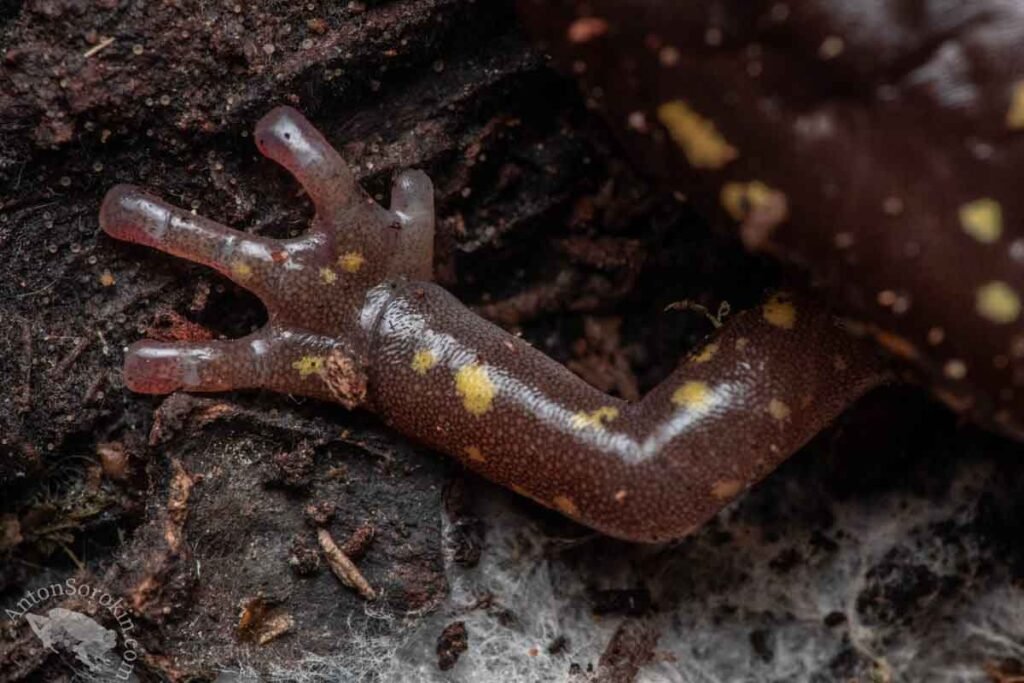
Introduction
Regeneration is a remarkable biological process that allows certain organisms to replace or repair damaged body parts. Salamanders, a type of amphibian, are well-known for their exceptional regenerative abilities. In particular, salamanders have the remarkable ability to develop toes when they lose them due to injury or predation. This unique regenerative capability has fascinated scientists for years and has led to extensive research aimed at understanding the underlying mechanisms involved in salamander toe regeneration.
The Regenerative Abilities of Salamanders: A Fascinating Study on Toe Regrowth
Regeneration: Salamanders Develop New Toes
The regenerative abilities of liazards have long fascinated scientists and researchers. These remarkable creatures have the unique ability to regrow lost body parts, including limbs, tails, and even internal organs. One particular area of interest is their ability to regenerate toes, a process that has been the subject of extensive study.
To understand how they are able to regrow toes, it is important to first examine the structure of their limbs. Unlike humans and many other animals, salamanders have a complex network of cells called blastemal cells located at the site of injury. These cells are responsible for initiating the regrowth process by dividing and differentiating into the various tissues needed to form a new toe.

The regenerative process begins with the formation of a blastema, a mass of undifferentiated cells that serves as the foundation for the new toe. This blastema is composed of a mixture of different cell types, including stem cells, which have the remarkable ability to develop into any type of cell needed for regeneration.
Once the blastema is formed, the process of toe regrowth begins. The blastemal cells divide and differentiate into the specific cell types required for the formation of a new toe, such as bone, muscle, and skin cells. This process is tightly regulated by a complex network of signaling molecules and genetic factors that ensure the proper development and organization of the new tissue.
Interestingly, studies have shown that the regenerative abilities of salamanders are not limited to the regrowth of toes. In fact, these creatures are capable of regenerating entire limbs, including bones, muscles, nerves, and blood vessels. This remarkable ability has sparked great interest among scientists and has the potential to revolutionize the field of regenerative medicine.
Understanding the regenerative abilities of salamanders could have significant implications for human health. For example, if scientists can uncover the mechanisms that allow salamanders to regrow toes, it may be possible to develop new treatments for individuals who have lost limbs or suffered severe injuries. This could potentially lead to the development of regenerative therapies that could restore function and improve the quality of life for millions of people worldwide.

In addition to their regenerative abilities, salamanders also possess other unique characteristics that make them ideal subjects for study. For instance, they have a relatively simple genome compared to other animals, which makes it easier for scientists to identify and study the genes involved in regeneration. Furthermore, salamanders are able to regenerate throughout their entire lifespan, unlike other animals that lose this ability as they age.
In conclusion, the regenerative abilities of salamanders, particularly their ability to regrow toes, are a fascinating area of study. The complex process of toe regrowth involves the formation of a blastema and the subsequent differentiation of blastemal cells into the various tissues needed for the formation of a new toe. Understanding the mechanisms behind this regenerative process could have significant implications for human health and the field of regenerative medicine. By studying these remarkable creatures, scientists hope to unlock the secrets of regeneration and develop new therapies that could revolutionize the treatment of injuries and diseases.
Conclusion
In conclusion, salamanders have the remarkable ability to regenerate toes. This process involves the activation of specific genes and the formation of a blastema, which allows for the regrowth of the missing digits. Understanding the mechanisms behind this regeneration could have significant implications for regenerative medicine and potentially aid in the development of new treatments for human injuries and diseases.
Source
https://newsonjapan.com/article/141288.php
https://www.pnas.org/doi/pdf/10.1073/pnas.0710216105
https://www.sciencedirect.com/science/article/pii/S0925477315000179
FAQ
How do salamanders regenerate new toes?
Salamanders regenerate toes through a process called epimorphic regeneration, where cells at the site of the injury revert to a more primitive state and then proliferate and differentiate to form new tissues.
What makes salamanders capable of regenerating lost limbs?
Salamanders have unique cellular and molecular mechanisms that allow their cells to dedifferentiate, proliferate, and accurately reconstruct complex structures like toes and limbs.
Can salamanders regenerate other body parts besides toes?
Yes, salamanders can regenerate a variety of body parts, including entire limbs, tails, spinal cords, jaws, and even parts of their hearts and eyes, demonstrating remarkable regenerative capabilities.
How long does it take for a salamander to regenerate a new toe?
The time required for toe regeneration in salamanders can vary depending on the species and environmental conditions, but it generally takes a few weeks to several months for complete regeneration.
What can studying salamander regeneration teach us about human medicine?
Understanding the mechanisms behind salamander regeneration can provide insights into promoting tissue regeneration and healing in humans, potentially leading to advances in regenerative medicine and therapies for injuries and degenerative diseases.
